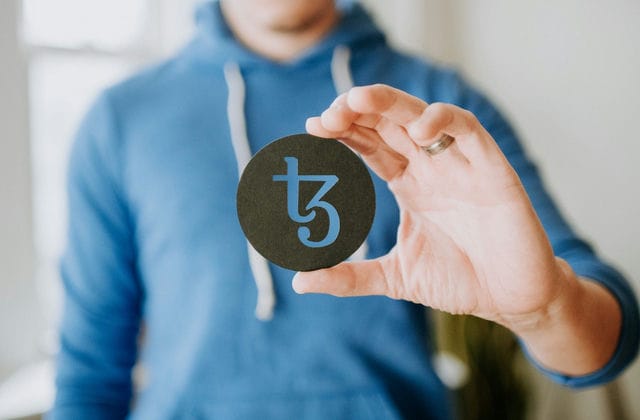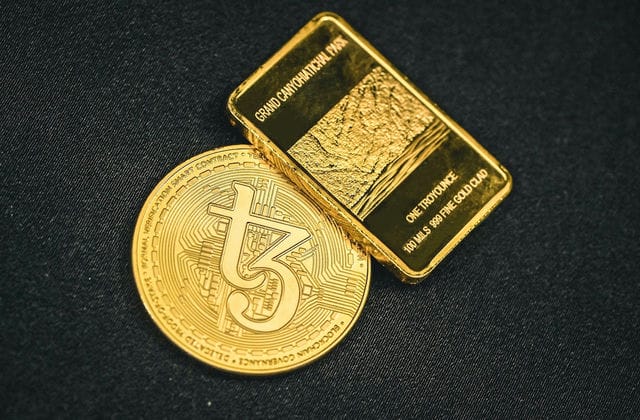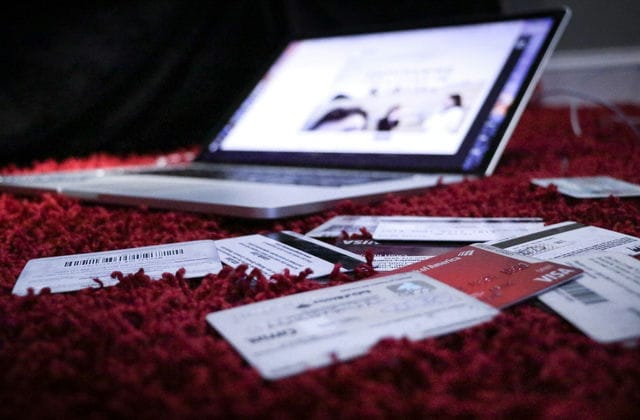XRP Ledger (XRPL) is an open-source platform with a fast transaction throughput of 1500 transactions per second and low transaction fees. XRPL's energy consumption per transaction makes it one of the more sustainable projects in the blockchain industry. XRPL offers a variety of services and use cases related to payments and financial transactions.
XRPL is a decentralized public blockchain built by three developers who were looking for a faster and more energy-efficient blockchain. Launched in 2012, it has been supporting developers and users for over a decade and the XRPL ecosystem now has a wide range of applications, including micropayments, DeFi and, soon, NFT.
How does XRPL work?
Unlike Bitcoin or Ether, XRPL uses a unique federated consensus mechanism as its method of validating transactions.
Transactions are validated in XRPL through a consensus protocol in which designated independent servers called validators agree on the order and outcome of XRP transactions. All servers in the network process each transaction according to the same rules, and any transaction that follows the protocol is immediately confirmed. All transactions are open and transparent, and anyone can be a verifier. There are currently over 150 validators in the ledger, operated by universities, trading platforms, businesses and individuals around the world. XRPL has been in continuous operation since January 2013 and has completed billions of transactions.
Through the federated consensus mechanism, XRPL is able to support over 1,500 transactions per second with a confirmation speed of 3 to 5 seconds. Users also enjoy low transaction fees and a fairness advantage, which means that individual participants cannot decide to priorities transactions. All validated transactions can be processed without a single point of failure, as individual participants cannot make decisions independently.
XRPL for Developers
The ledger offers great utility and flexibility for developers who can write code in Python, Java and JavaScript languages. XRPL is suitable for any independent developer or enterprise who wants to build a variety of use cases. In the XRPL website, developers can access different tutorials to help them get started with different coding languages, build apps and manage accounts, among other things.
In addition to its native token, XRP, developers use the XRP ledger to create solutions to inefficiencies, including remittances and asset tokenization. Currently, the five main applications for the XRP ledger are payments, tokenization, decentralized finance, CBDC and stable coin.
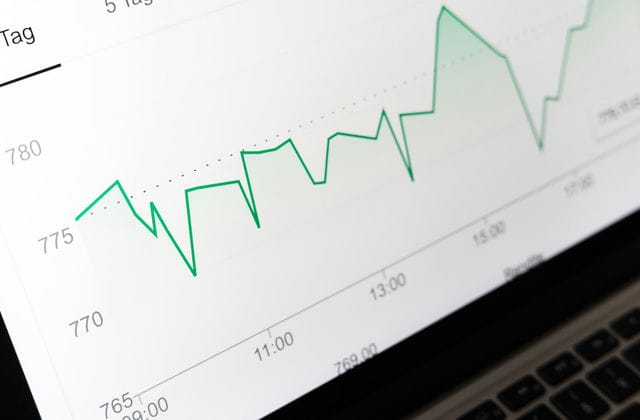
Payments
Using the XRP ledger, assets can be transferred globally, enabling the instant transfer of remittances, vault payments, payroll and other cross-border payments. For example, Ripple Net provides support for cross-border payments through a decentralized network of banks and payment providers using the XRP ledger. Users can also set up XRP wallets, such as Xu mm, to trade XRP, a neutral bridge asset that optimizes global payments at a low cost.
Tokenization
Any type of asset can be tokenized in the XRP ledger, including homogenized tokens, stable coins and Central Bank Digital Currency (CBDC). As of May 2022, over 5,400 currencies have been issued and traded in the XRPL.
Decentralized Finance
Financial products and services can be accessed through the XRP Ledger's Decentralized Exchange Platform. The decentralized trading platform is native to the protocol and uses a central limit order book model to trade digital assets. Users can access the decentralized trading platform through various order book interfaces to trade directly in the XRP ledger.
CBDC
The XRP ledger supports the tokenization of CBDC. With this feature, CBDCs can operate with other payment systems in a sustainable and secure manner.
Stable Coins
Financial institutions can issue stable coins in the XRP book.

What makes XRPL unique?
In addition to being fast, affordable and reliable, XRPL is also energy efficient. Its native token, XRP, consumes only 0.0079kWh per transaction, making it much more efficient than other networks.
What is XRP?
XRP is a digital asset native to the XRP ledger. Anyone with a digital wallet and an internet connection can receive, hold and send XRP tokens. Users can use XRP to send global payments, trade in the XRPL decentralized trading platform and purchase NFTs.
Small Payments
Any user can set up an XRP wallet from a variety of wallet providers to start a transaction. In just seconds you can send XRP to, or receive XRP from, anywhere in the world. senders of XRP pay less than a penny in transaction fees, which is negligible, making it an affordable solution for users.
Decentralized Financial Transactions
XRPL has a native decentralized trading platform that allows users to participate in Decentralized Financial transactions. Trading is a popular application of decentralized trading platforms, where anyone can exchange one digital asset for another. Developers have built order book interfaces where users can connect their XRP wallets and start trading. There are also many XRPL native and wrapped assets available for users to trade.
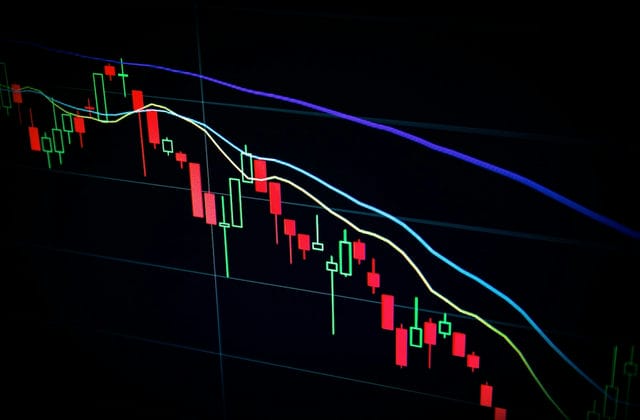
non-homogenized tokens
NFTs will become the newest member of the XRPL ecosystem following the implementation of the XLS-20 main net proposal. The implementation will allow all basic NFT functionality, including minting, trading and destruction, as well as advanced features such as automatic royalties for creators and co-ownership of assets. This means users will be able to create, buy, sell and trade NFTs in a variety of marketplaces while enjoying the benefits of the XRPL blockchain.
Due to its energy-efficient protocol and developer-friendly environment, XRPL will continue to facilitate transactions and adoption of its platform. We can think of XRPL as a resource portal to help solve the current cross-border payment problems of banks, institutions and corporates.
























